TIG welding (Tungsten Inert Gas welding) is a precise and versatile method that requires skill and attention to detail. Known for its ability to create clean, strong welds, TIG welding is commonly used in industries such as aerospace, automotive and manufacturing. However, like all welding processes, it introduces various hazards that can jeopardize the safety of workers if proper precautions are not taken.
TIG welding involves high temperatures, intense UV radiation and potential exposure to harmful fumes, which can pose serious risks. Welders are vulnerable to burns from the heat and molten metal, eye damage from ultraviolet radiation, and respiratory issues from inhaling toxic gases released during the welding process. To ensure worker safety, a comprehensive set of personal protective equipment (PPE) is essential.
TIG welders wear flame-resistant clothing, such as jackets and gloves, to prevent burns and shield their skin from sparks and molten metal. Respirators and welding masks are critical for face protection and filtering out harmful fumes, while protective footwear guards against molten metal splashes. These PPE items, in combination with proper training and a controlled environment, help keep welders safe on the job.
Compliance with safety regulations set by OSHA, ANSI, and other organizations ensures that welders are equipped with the right PPE and understand the safety protocols needed to prevent accidents. By emphasizing safety and equipping TIG welders with the right protective gear, employers can minimize risks and maintain a high standard of quality and safety in every weld.
View more about TIG Welding

 General Purpose Gloves - CoatedMaxiFlex® Ultimate™34-874
General Purpose Gloves - CoatedMaxiFlex® Ultimate™34-874
 Cut Resistant GlovesMaxiFlex® Cut™34-8743
Cut Resistant GlovesMaxiFlex® Cut™34-8743
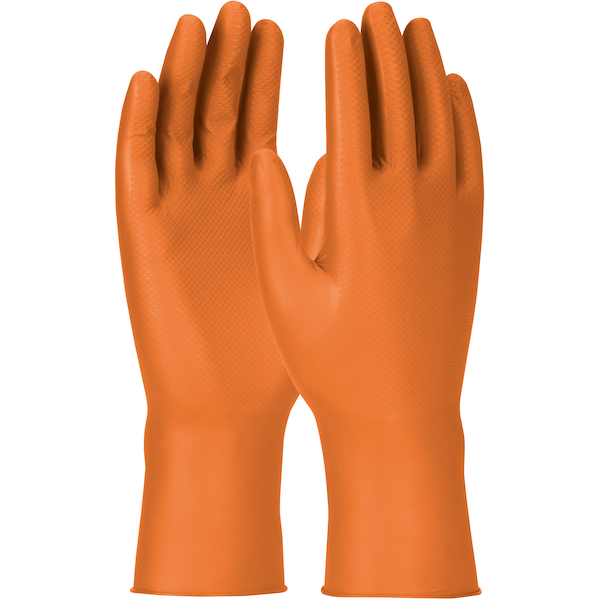 Extended Use Disposable GlovesGrippaz™ Engage67-307
Extended Use Disposable GlovesGrippaz™ Engage67-307
 Safety HelmetsTraverse™280-HP1491RVM
Safety HelmetsTraverse™280-HP1491RVM
 Safety HelmetsKilimanjaro™280-HP642R-CH
Safety HelmetsKilimanjaro™280-HP642R-CH
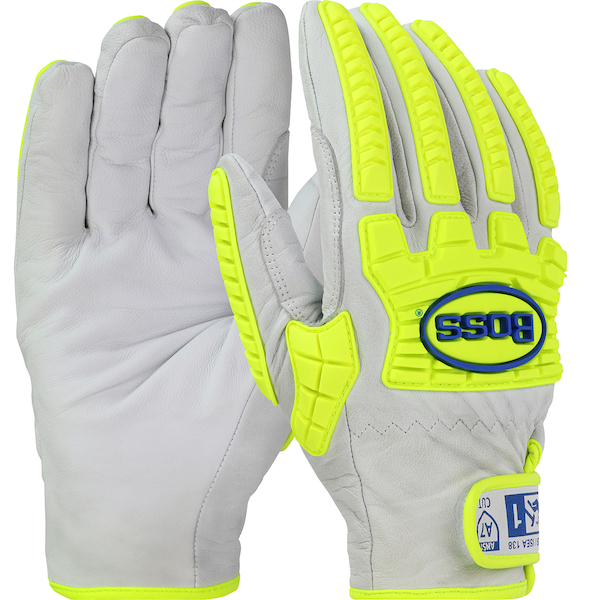 Hi Performance GloveBoss®9916
Hi Performance GloveBoss®9916
 Arc Protection KitsPIP®9150-52436
Arc Protection KitsPIP®9150-52436
 Safety HelmetsTraverse™280-HP1491RM
Safety HelmetsTraverse™280-HP1491RM
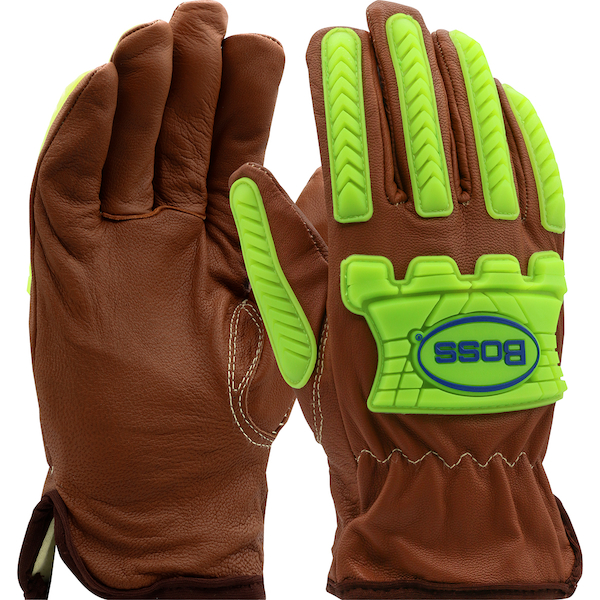 Hi Performance GloveBoss® XtremeKS993KOAB
Hi Performance GloveBoss® XtremeKS993KOAB
 Protection From ColdG-Tek® PolyKor®41-8035
Protection From ColdG-Tek® PolyKor®41-8035
 Extended Use Disposable GlovesGrippaz™ Skins67-246
Extended Use Disposable GlovesGrippaz™ Skins67-246
 Hi-Vis Cold GearPIP®343-1756
Hi-Vis Cold GearPIP®343-1756




















 (3).jpg)















































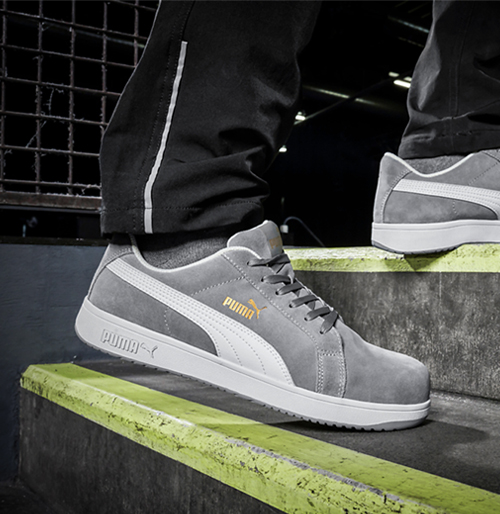


 Caiman®
Caiman®
 PIP®
PIP®
 Zenon Ultra-Lyte™
Zenon Ultra-Lyte™
 Force Typhoon™8
Force Typhoon™8

 Mega Bullet™ BioSoft™
Mega Bullet™ BioSoft™

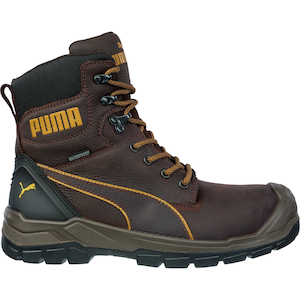 PUMA® Safety
PUMA® Safety




















